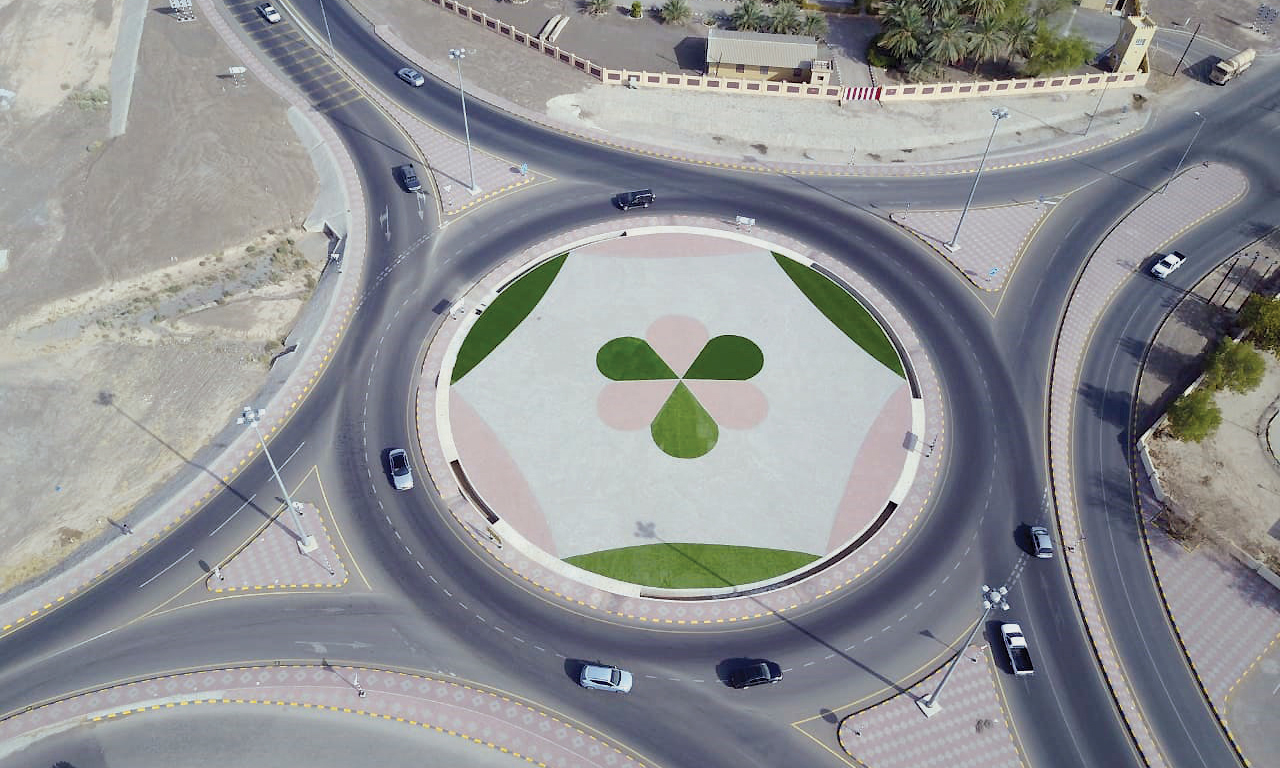

Late His Majesty Sultan Qaboos called the Wilayat of Ibri, main city in Al Dhahirah Governorate, ‘the promising city’ as its deserts are rich in oil and liquefied gas.
The Wilayat of Ibri is strategically located as it borders 10 wilayats besides two Gulf countries, Saudi Arabia and the UAE.
Throughout history, Ibri was a major crossing land for commercial caravans proceeding to various locations in the Arabian Peninsula.
Ibri borders Haima from south, wilayats of Adam, Bahla and Al Hamra from east, Al Rustaq from the north-east, Al Khabourah, Saham, Yanqul from north, Dhank and Al Buraimi from north-west and the UAE and KSA from west.
The wilayat boasts several archaeological and touristic attractions, notably the beehive tombs in Bat, which have been declared a World Heritage Site by Unesco.

The other major attractions include the Ibri Fort, which was restored by the Ministry of Heritage and Culture and Al Sulaif Fort.
Wadi Dham, scenic Kahf al Kittan and Jabal al Aflaj caves are also frequented by visitors. Ayn al Sakhna is a hot water spring in Bilad al Shuhoom visited by people for traditional treatment and relaxation.
The Wilayat of Ibri has witnessed all round development.
Presently, there are 57 schools, two hospitals, health centres and nursing institutes besides colleges of applied sciences, satellites station, Ibri Sports Complex and vocational training centre.
Currently, the wilayat has Al Massarat water project that supplies main villages with drinking water in addition to water and power networks.
The Ibri-Jibreen dual carriageway enhance trade and development, and boost land transport with other governorates.
The Ibri-Empty Quarter highway linking the wilayat with the Saudi easies the journey of pilgrims proceeding to perform Haj in Mecca. The government has also restoried forts and castles to attract tourists.
The majestic Ibri Fort is another major attraction. It has two towers and 29 residential rooms, which were mainly used by presiding walis and judges who governed from the fort. The original well and prayer room are also preserved near the gate. The most important feature of Ibri Fort is a mosque, which can accommodate about 1,000 worshippers. This is one of the largest mosques seen within the Sultanate’s forts.
Visitors to Ibri are impressed with the area’s agricultural wealth as the wilayat is famous for its limes, pomegranates, quince, peaches, oranges, guavas and mangos. The wilayat is reputed for the old souq, one of the old and historic markets in Al Dhahirah Governorate, where livestock are auctioned.
Oman Observer is now on the WhatsApp channel. Click here



